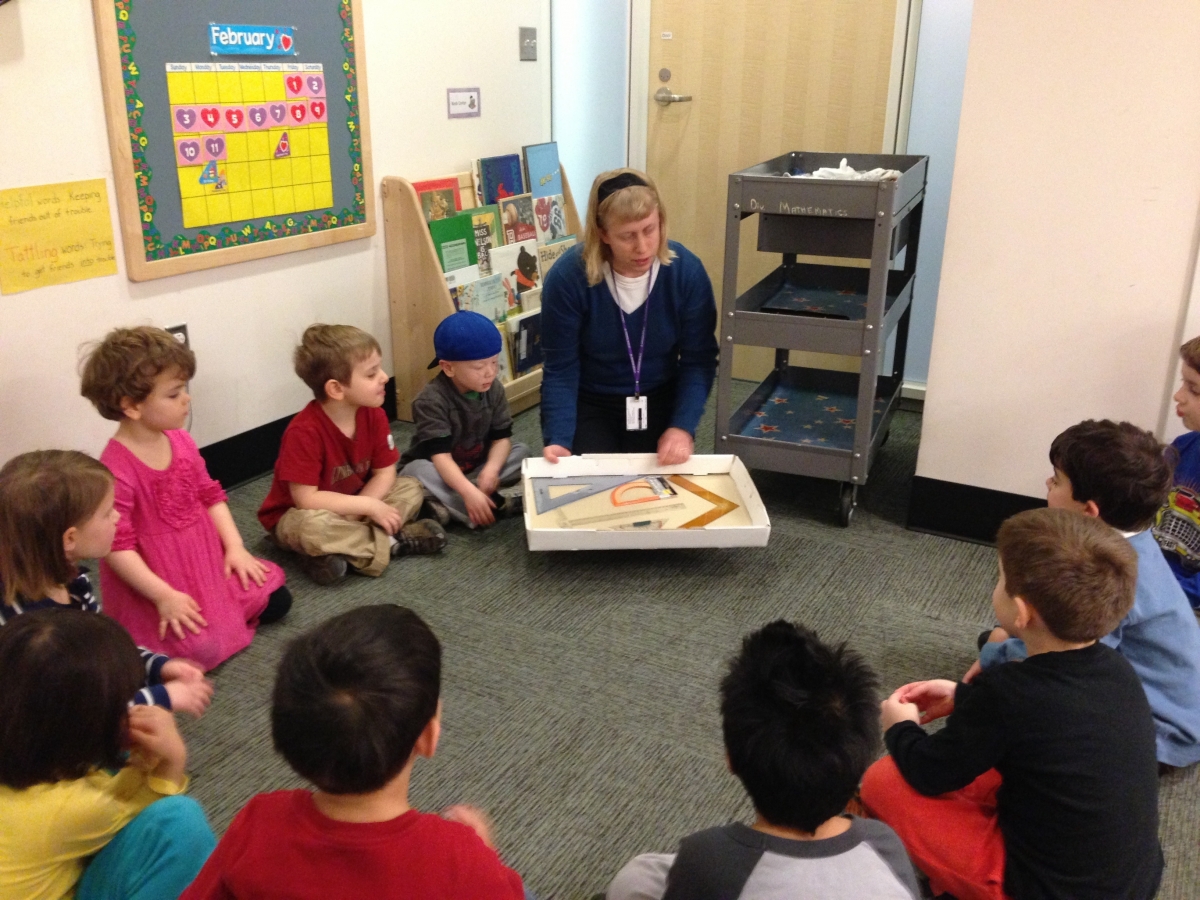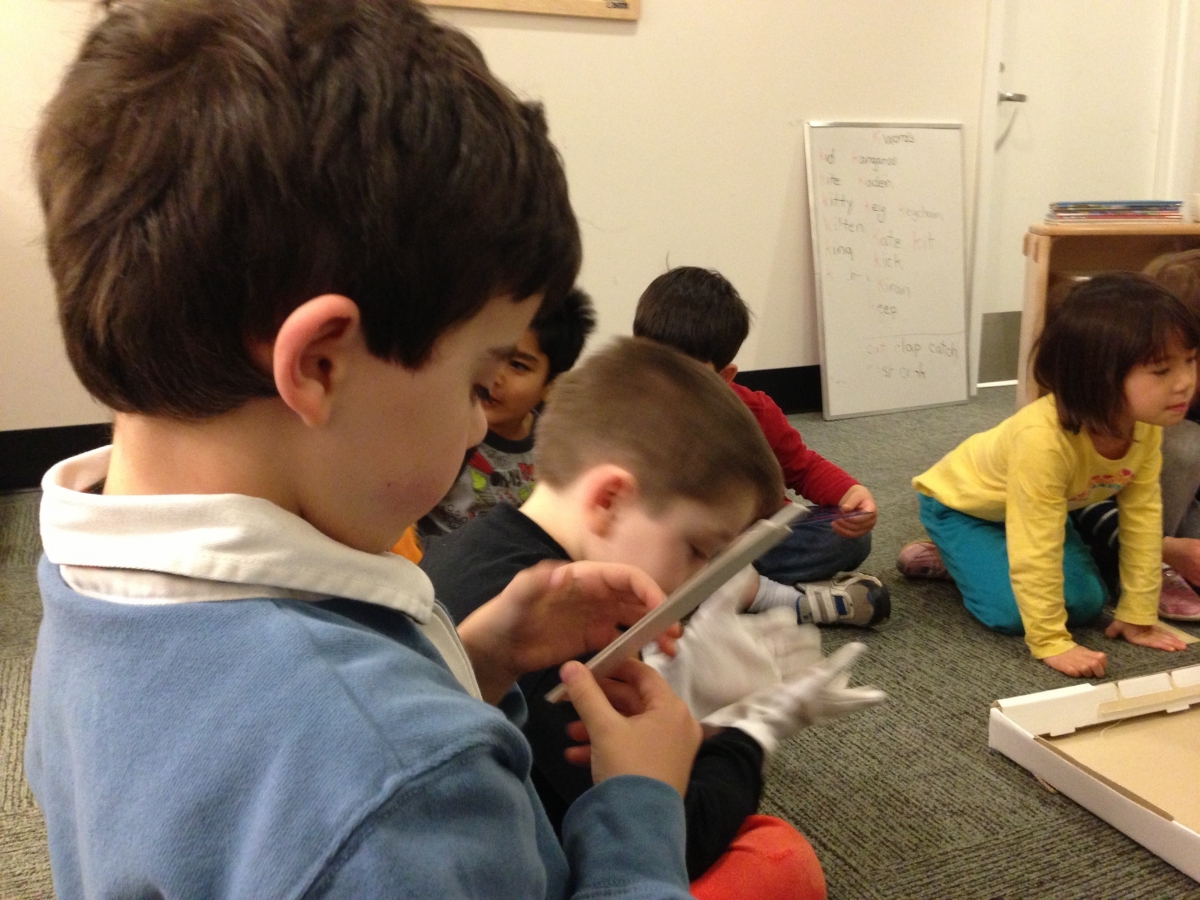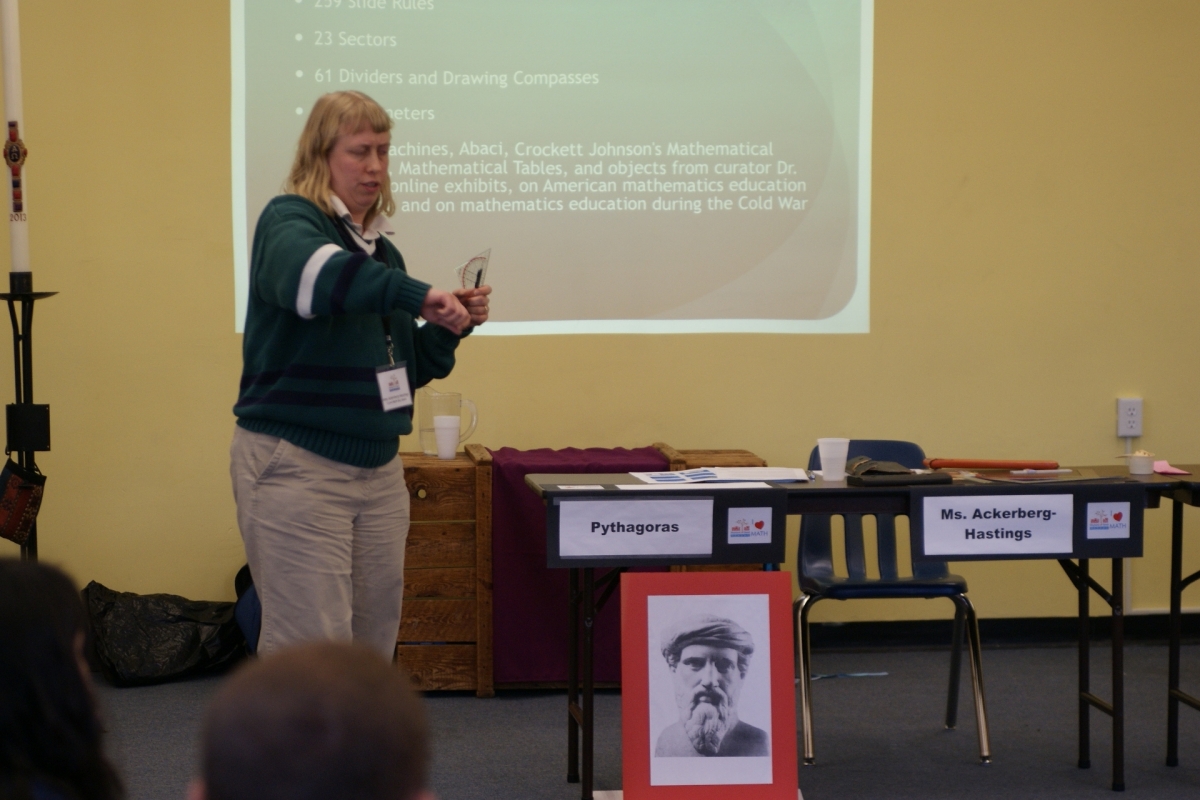- About MAA
- Membership
- MAA Publications
- Periodicals
- Blogs
- MAA Book Series
- MAA Press (an imprint of the AMS)
- MAA Notes
- MAA Reviews
- Mathematical Communication
- Information for Libraries
- Author Resources
- Advertise with MAA
- Meetings
- Competitions
- Programs
- Communities
- MAA Sections
- SIGMAA
- MAA Connect
- Students
- MAA Awards
- Awards Booklets
- Writing Awards
- Teaching Awards
- Service Awards
- Research Awards
- Lecture Awards
- Putnam Competition Individual and Team Winners
- D. E. Shaw Group AMC 8 Awards & Certificates
- Maryam Mirzakhani AMC 10 A Awards & Certificates
- Two Sigma AMC 10 B Awards & Certificates
- Jane Street AMC 12 A Awards & Certificates
- Akamai AMC 12 B Awards & Certificates
- High School Teachers
- News
You are here
Online Museum Collections in the Mathematics Classroom – Demonstrations of Physical Objects
Classroom Application #2: Demonstrations of Physical Objects
The object groups can also be used to stimulate ideas about vintage or historic mathematical instruments that are available to you, which can then be demonstrated in class. Perhaps friends or family members of a certain age have held on to the slide rules and sets of drawing instruments they used in undergraduate engineering and science classes. Perhaps you have older models of scientific or graphing calculators stashed in a drawer. Perhaps your institution has a case of 19th- or early-20th-century geometric models or calculating instruments. Perhaps a local historical society or house museum collects books and objects related to mathematics education. Some of the works listed on each group’s Resources page provide instructions for guiding students through making various types of mathematical instruments.
Vintage slide rules and drawing instruments from personal collections were shared with a pre-kindergarten class at the Smithsonian Early Enrichment Center in February 2013. The class was studying the teamwork between construction workers and architects, so a few minutes were spent talking about how architects used to use T-squares, triangles, protractors, and slide rules to make precise drawings that construction workers used to make buildings. Photo by Carrie Heflin.
Mostly, though, the children were allowed to handle the objects. They washed their hands first but wore white cotton gloves that protect historic instruments from the oils on human hands only for fun, since these objects were not rare or especially fragile. While the children did not comprehend how slide rules worked as calculating instruments, they enjoyed using them like rulers to measure the classroom. They also discovered that slide rules make excellent swords, signaling the time to end the classroom visit. Photo by Carrie Heflin.
The instruments were also passed around an assembly of the middle school classes at the Mustard Seed School in Hoboken, NJ, in February 2013. (A clear plastic protractor is in Amy Ackerberg-Hastings's left hand.) Photo courtesy of Gary Lawrence.
Amy Ackerberg-Hastings (University of Maryland University College) and Amy Shell-Gellasch (Montgomery College), "Online Museum Collections in the Mathematics Classroom – Demonstrations of Physical Objects," Convergence (December 2014)







